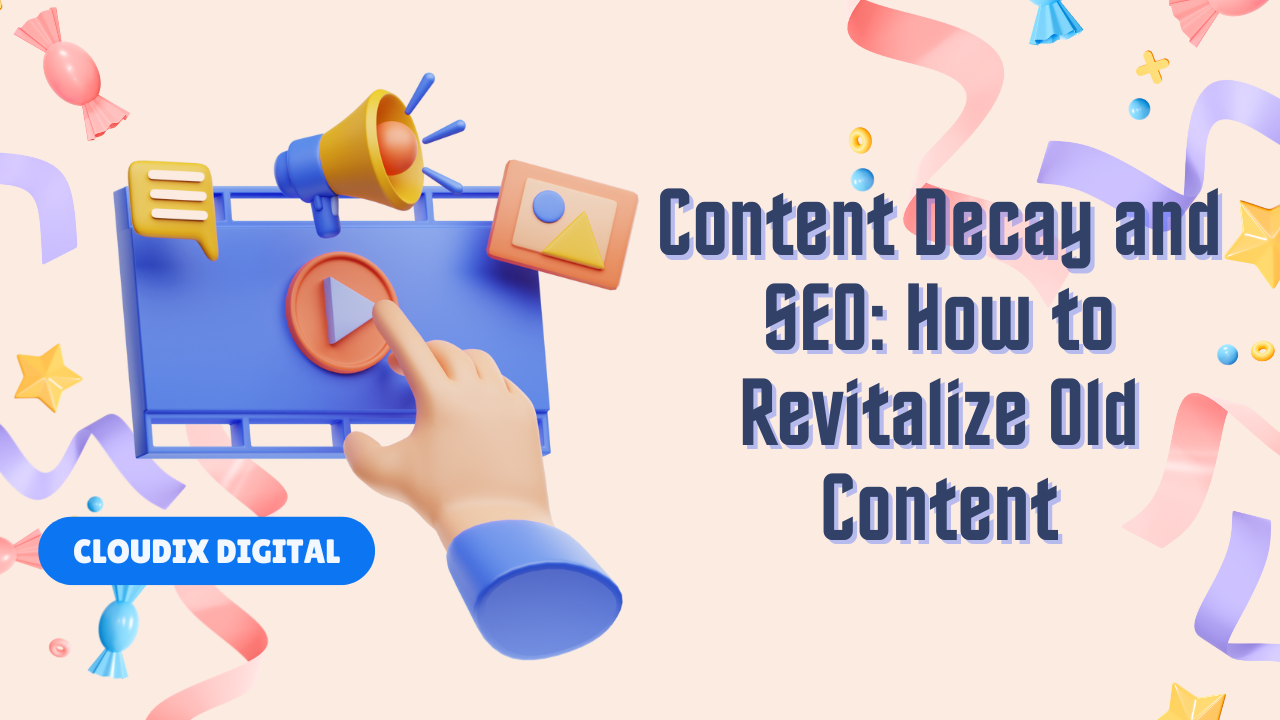
In today’s fast-paced digital world, visual content plays a crucial role in user engagement and search engine rankings. With Google and other search engines prioritizing multimedia content, optimizing your images and videos is essential for improving your website’s visibility and overall SEO strategy. This guide will walk you through the best practices for image and video SEO to help you maximize your online presence.
Why Image and Video SEO Matters
Search engines rely on textual cues to understand images and videos. If these elements are not optimized properly, search engines may struggle to interpret and rank them, leading to missed opportunities for traffic and engagement. By implementing the right SEO techniques, you can enhance discoverability, improve user experience, and ultimately drive more conversions.

Best Practices for Image SEO
1. Use High-Quality and Relevant Images
High-resolution images improve user experience and credibility. Choose visually appealing and relevant images that enhance your content. However, ensure that image sizes are optimized for faster loading times.
2. Choose the Right File Format
Different file formats serve different purposes:
- JPEG: Best for photographs and images with many colors.
- PNG: Ideal for images that require transparency.
- WebP: Provides excellent compression while maintaining quality, making it the best format for web use.
3. Optimize Image File Names
Avoid generic file names like “IMG_12345.jpg.” Instead, use descriptive filenames that reflect the image content and include keywords. For example, “red-sports-car.jpg” is much more SEO-friendly.
4. Use Descriptive and Keyword-Rich Alt Text
Alt text serves two main purposes:
- Helps search engines understand the image.
- Improves accessibility for visually impaired users using screen readers.
Write clear and concise alt text that accurately describes the image. Example: Bad Alt Text: image1.jpg Good Alt Text: Red sports car parked on a city street during sunset.
5. Compress Images Without Losing Quality
Large image files slow down your website, negatively affecting SEO. Use compression tools like TinyPNG, ImageOptim, or ShortPixel to reduce file sizes while maintaining quality.
6. Implement Image Structured Data
Using schema markup (structured data) helps search engines understand your images better and increases the chances of appearing in Google Image search rich results.
7. Enable Lazy Loading
Lazy loading defers the loading of images until they are needed (when the user scrolls to them), which improves page speed and user experience.
8. Create an Image Sitemap
An image sitemap provides search engines with additional information about your images, helping them index your content more effectively. Google recommends adding images to your XML sitemap for better discoverability.

Best Practices for Video SEO
1. Create High-Quality, Engaging Video Content
Video quality affects SEO rankings and user retention. Ensure that your videos are:
- Professionally produced.
- Relevant to your target audience.
- Optimized for mobile viewing.
2. Optimize Video Titles and Descriptions
Just like blog posts, video titles and descriptions should be compelling and keyword-rich. Use primary and secondary keywords naturally.
3. Add Video Transcripts and Captions
Including transcripts and captions makes your video content accessible and allows search engines to index the text, boosting SEO.
4. Choose an Eye-Catching Thumbnail
A well-designed thumbnail increases click-through rates (CTR). Make sure it is relevant, high-quality, and visually engaging.
5. Host Videos on Your Website and YouTube
While embedding videos from YouTube or Vimeo is convenient, hosting videos on your domain can improve SEO rankings. However, YouTube is the second-largest search engine, so optimizing videos on YouTube can help you reach a broader audience.
6. Implement Video Schema Markup
Structured data helps search engines understand video content. Adding schema markup for videos can increase visibility in search results and improve rankings.
7. Improve Page Speed for Video Content
Large video files can slow down your website. Use compressed formats and content delivery networks (CDNs) to enhance loading speeds.
8. Embed Videos Near Relevant Text
Search engines associate videos with surrounding text. Placing videos within relevant content improves the chances of ranking higher in search results.
9. Use Video Sitemaps
Like image sitemaps, video sitemaps help search engines understand the context of your videos, leading to better indexing and rankings.
Final Thoughts
Optimizing images and videos for SEO is no longer optional—it’s a necessity for businesses looking to enhance their online presence. By implementing these best practices, you can improve your website’s visibility, attract more organic traffic, and create a better user experience.
Need Help with SEO? Contact Cloudix Digital Today!
At Cloudix Digital, we specialize in SEO strategies that enhance your digital presence. Whether you need help optimizing images, videos, or overall website performance, our team is ready to assist you. Contact us today for a free consultation and take your website’s SEO to the next level!





